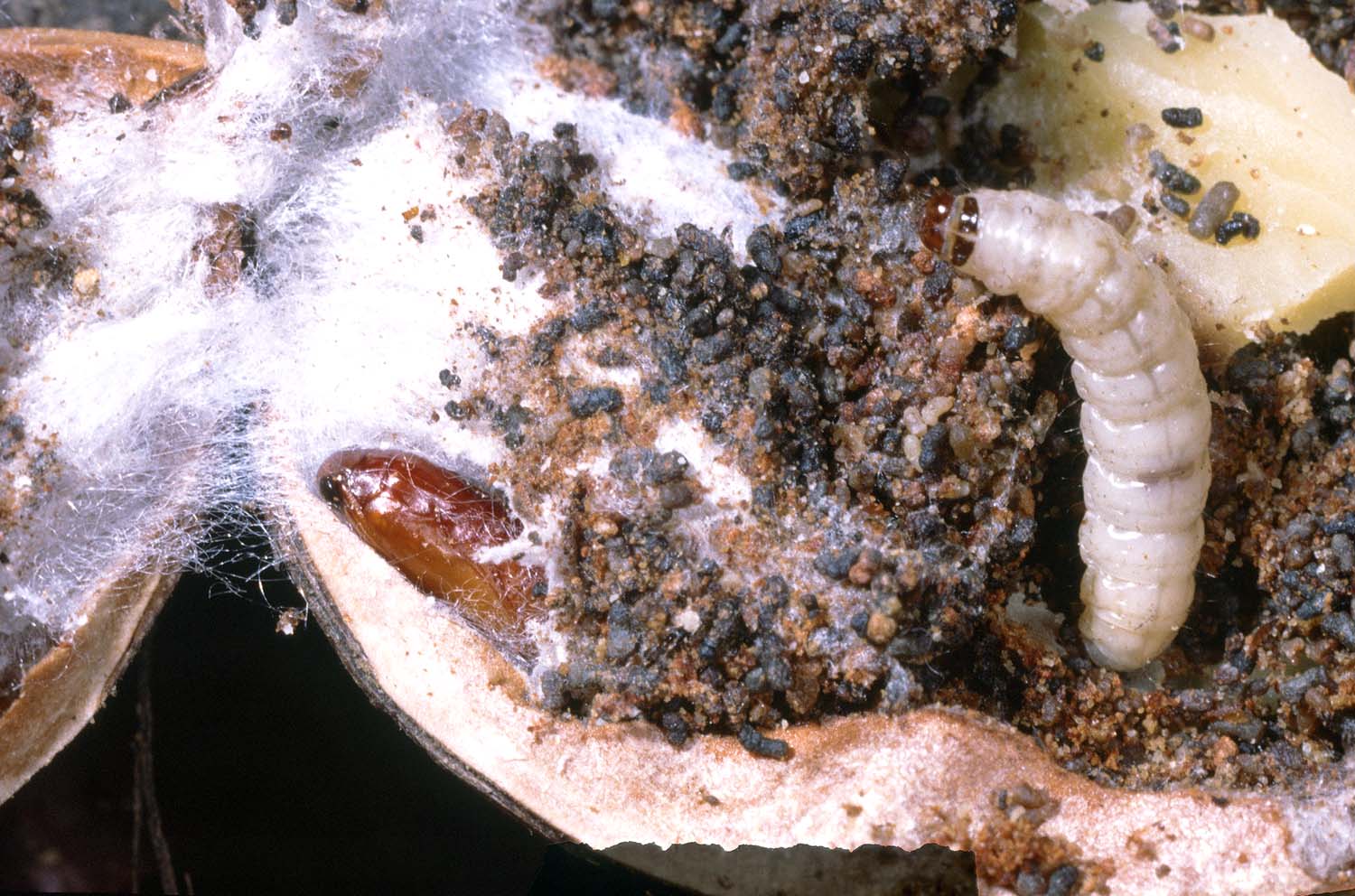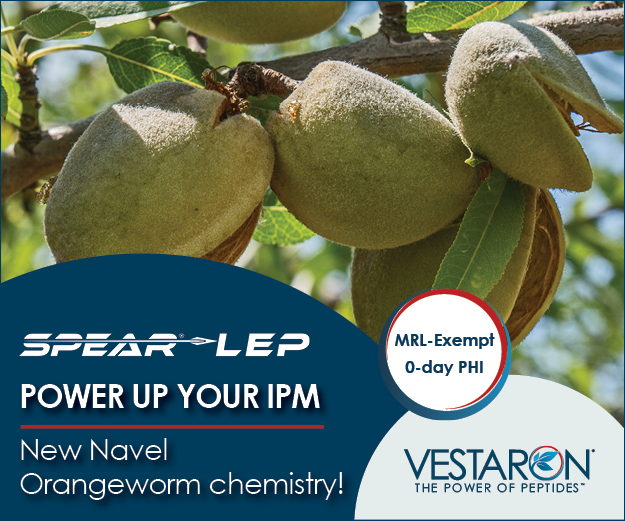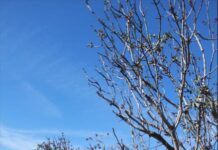
Almond growers may be eligible for financial assistance to adopt a full integrated pest management (IPM) plan through USDA Natural Resource Conservation Service (NRCS) for navel orangeworm control.
Navel orangeworm (NOW) is an area-wide issue across the entire Central Valley that requires a multipronged approach for control, including winter sanitation to remove and destroy mummy nuts, use of mating disruption, monitoring NOW populations to time use of insecticides or biological control agents, and prompt harvest before a third generation of NOW develops, according to Suterra’s Emily Symmes. Unfortunately, many growers don’t have financial resources to implement a full IPM program for this prominent pest.
NRCS may be able to help growers offset the costs of implementing a comprehensive IPM program, including mating disruption, to control NOW, according to USDA NRCS Agronomist and CCA Karen Lowell. In an Almond Board of California Training Tuesday virtual session, Lowell explained details of the financial assistance program.
“We’ve worked with UC IPM to develop what is considered to be a credible IPM program targeting NOW,” she said. “NRCS has various Farm Bill-funded financial incentives programs, including Environmental Quality Incentives Program (EQIP) and Conservation Stewardship Program (CSP), to help eligible growers offset costs of conservation practice adoption.”
NRCS financial assistance for IPM is through a conservation practice standard called the Pest Management Conservation System, CPS 595. Key deliverables to complete the requirements for payment on this particular practice, Lowell said, are aligned with the UC IPM year-round program for NOW control in almond.
Lowell explained that because NRCS is a conservation agency addressing a wide range of resource concerns related to soil, water, plants, animals, air, energy and human resources, the starting point is development of a conservation plan. “Where assistance would address pest management, this includes a hazard assessment of pesticides that may be used for the target pest,” she said. “So, for example, in the case of seeking support for an IPM program that includes mating disruption for NOW, the pesticides typically used for NOW management would be evaluated. It is allowable to continue to use control sprays as monitoring indicates is necessary and recommended by UC IPM guidelines.”
Lowell stressed that management decisions growers make are not considered “right” or “wrong”, but to be eligible for financial assistance, specific elements are required. Support to implement IPM programs addressing NOW in other nut crops, or targeting other pests in other crops, is also available using the Pest Management Conservation System.
Interested growers are encouraged to visit their local NRCS office to initiate an application process. Applications are accepted at any time and will place a customer in the queue to meet with a Conservation Planner, review farm records and discuss management goals and interest in specific conservation support, including the Pest Management Conservation System. To get started, call the NRCS office at your local USDA Service Center.
For assistance in finding your local NRCS contact or any further questions, contact Karen Lowell at karen.lowell@usda.gov.
















